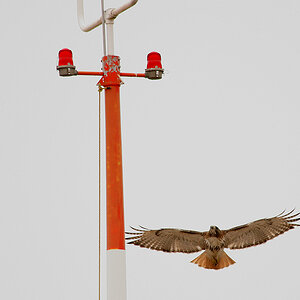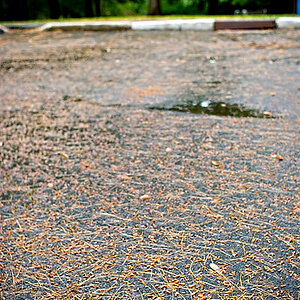Senor Hound
TPF Noob!
- Joined
- Apr 23, 2008
- Messages
- 1,425
- Reaction score
- 0
- Location
- La la land...
- Can others edit my Photos
- Photos OK to edit
I have a point-and-shoot, and being inside is NOT pretty. My camera has IS, but its not enough, it wants me to take shots at 1/4 second at f 2.8 and ISO 200 (that's the highest I dare go).
Does this get better with DSLRs? I do most of my shooting inside, and I dislike flash at night (in camera flash should be used as a secondary source of light, IMO). I want to make sure if I get my camera and go to shoot indoors, that its not going to want me to shoot 1/4 second shots all the time. I mean, part of the reason I want a DSLR is so I can ramp up the ISO without losing as much image quality as my trusty Panasonic.
I know its impossible to answer this question with any sort of great accuracy, especially having never been to my house (you better not have been! ), but as a very rough estimate, do you think I'll end up needing to shoot at 1/4 with a kit f4-5.6 on a DSLR, or not?
), but as a very rough estimate, do you think I'll end up needing to shoot at 1/4 with a kit f4-5.6 on a DSLR, or not?
And I know I'm gonna get a 50mm 1.8 just for this purpose some day, but this question really applies to the typical 18-55 kit lens most cameras have nowadays.
Does this get better with DSLRs? I do most of my shooting inside, and I dislike flash at night (in camera flash should be used as a secondary source of light, IMO). I want to make sure if I get my camera and go to shoot indoors, that its not going to want me to shoot 1/4 second shots all the time. I mean, part of the reason I want a DSLR is so I can ramp up the ISO without losing as much image quality as my trusty Panasonic.
I know its impossible to answer this question with any sort of great accuracy, especially having never been to my house (you better not have been!
And I know I'm gonna get a 50mm 1.8 just for this purpose some day, but this question really applies to the typical 18-55 kit lens most cameras have nowadays.


![[No title]](/data/xfmg/thumbnail/34/34142-948c6bafdf60862125009004d5a06e46.jpg?1619736315)
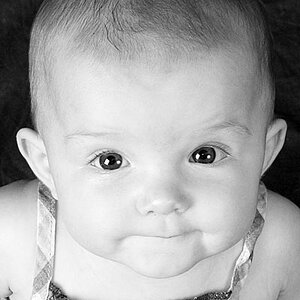
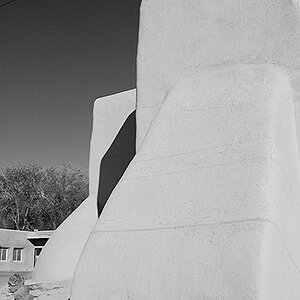
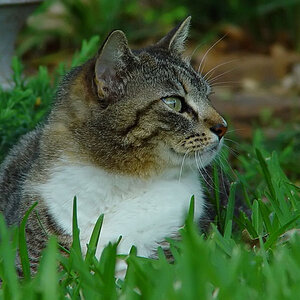

![[No title]](/data/xfmg/thumbnail/39/39532-073f9eb14e26e2b99cc29112b92a2ab6.jpg?1619739072)

![[No title]](/data/xfmg/thumbnail/39/39439-d0a6beaaf39993860b74ccbd81fdd122.jpg?1619739032)
![[No title]](/data/xfmg/thumbnail/39/39440-bc17565eb7adee7f9859c53933e8543c.jpg?1619739033)
